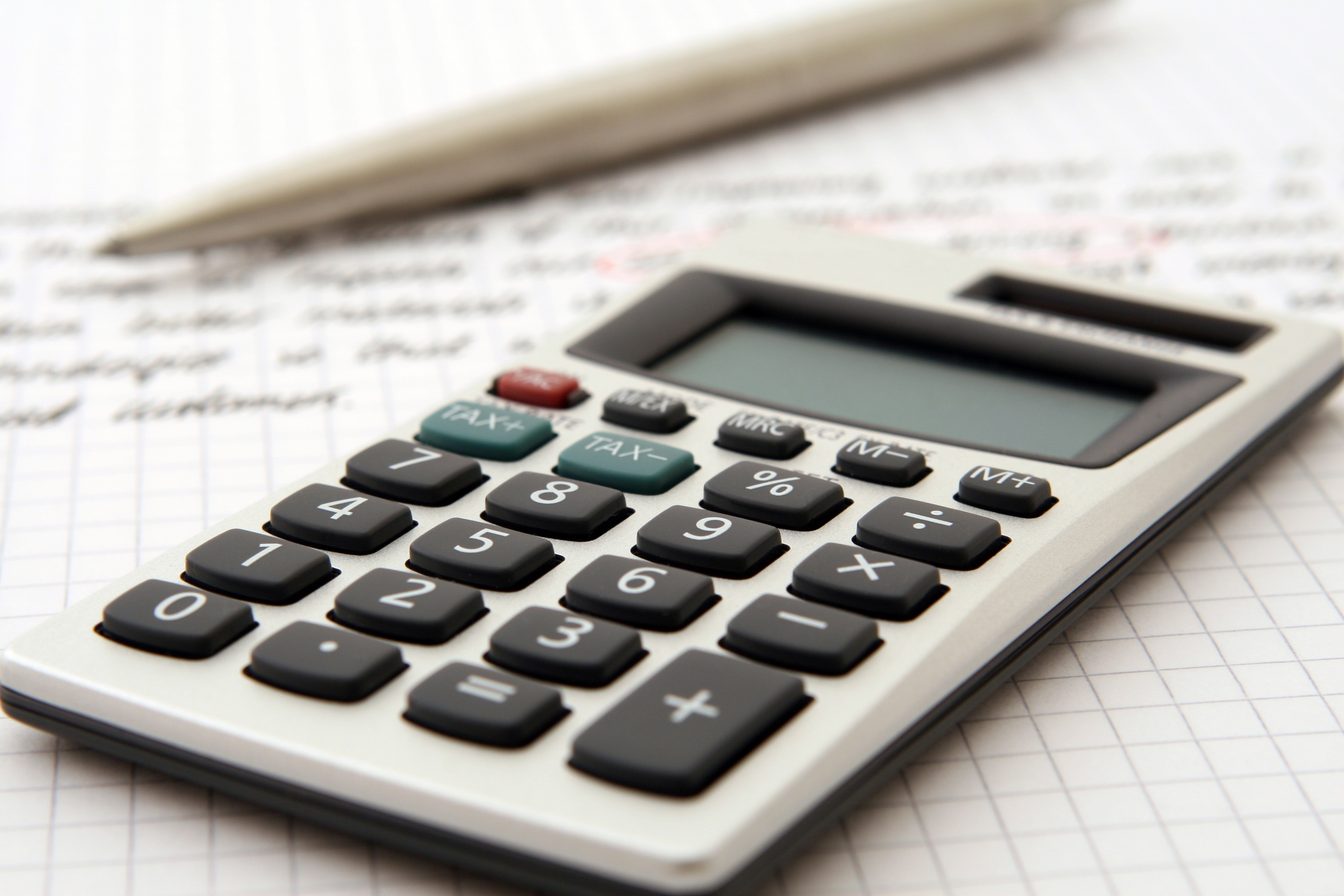As any business owner knows, there are ways to express the cost of anything: before tax and after tax. And as any successful business owner knows, it is the after-tax cost that needs to be minimised.
This is especially important when it comes to the interest you pay on your debt. Minimizing the real after tax cost of debt is necessary to maximize the real after tax return on your investments – including the investment you are making in your business or practice.
When is interest deductible?
Interest is deductible where the purpose of the borrowing is to generate assessable income.
The critical word is “purpose”. How do you prove purpose? Paper proves purposes. In the case of interest on debt, purpose is proved by looking at the detail of the borrowing and what it was actually used for. The courts have often looked at the question of purpose, in the context of whether interest on a loan is tax deductible against business or investment income. You can get an idea of the scope of their enquiries by reading ATO Taxation Ruling TR 95/25, which can be accessed here: ATO Income Tax Ruling TR 95/25.
When you use borrowed money to generate income, it’s always a good idea to create and retain a clear paper trail showing the deductible purpose. This paper trail should be long and detailed, including for example the original e-mail to your bank manager to get the ball rolling, the formal loan application, the loan documents and all other documents created in connection with and as a result of the loan. This includes things like bank statements reconciled to actual receipts, etc.
Tax deductible debt is cheap money
At present some people are borrowing money for as little as 4% a year.
If a business owner is in the 37% tax bracket, this means the after tax interest rate is just 2.5% a year
Inflation is running at about this level, which means the real interest rate is virtually nil.
In other words, once you consider tax and inflation, tax deductible debt is very cheap money.
Once you have debt, everything you buy is borrowed
I was chatting with Adam, a fellow financial adviser. We were discussing Eve, a new client Adam met while holidaying in Eden (NSW – and yes, the names have been changed). Adam said Eve was quite well off and had just paid $200,000 cash for a new parcel of shares. But when he looked at Eve’s financial statement he noticed she also had a $200,000 home loan. It was not much. And her home was worth well over $600,000. But it was still a loan.
This means that Eve had in effect borrowed to buy the shares. This is because she could have used the cash she used to buy the shares to pay off debt instead. When Adam pointed this out, Eve tried to disagree. She told him she would never do that. She would never borrow money for investments.
The point is that, whenever someone has any debt, that person in effect borrows every time they spend any money at all. It does not matter whether they buy a litre of milk, a new shirt, a new car or a parcel of shares. They have in effect borrowed because the could have used the cash involved to pay off the loan. But they did not. This means they have more debt than they would have had if they had not bought the milk, the shirt, the car or the shares. So, they have ‘borrowed’ money to buy the milk.
What’s more, because Eve’s debt was a home loan, the interest was not tax deductible. If she was paying 4% to her lender, then this was the after-tax cost.
A simple thing for Eve to have done would have been to use the $200,000 to repay her loan, then borrow $200,000 specifically to buy shares. Shares generate taxable income, in the form of dividends. Because tax is paid on dividends, interest on money borrowed to buy shares is deductible. If Eve is in the 37% tax bracket, then the after-tax cost of the debt falls to just 2.5%.
On a $200,000 loan, this equates to a saving of $3,000 per year. Every year.
The golden rule
This brings us to the golden rule of debt management, which is to:
- use cash to pay for private costs, including loan repayments on private debt such as home loans; and
- use debt to pay business and investment costs. Your business and your investments generate taxable income. So debt used to finance these activities is usually deductible.
Following this simple rule means you will pay off your expensive non-deductible debt as fast as possible. This minimises the after-tax cost of your debt. And when you minimise a cost – any cost – you increase your profits.
The golden rule does require you manage cash flow in the right way. If you don’t, then you can fall foul of the tax laws. So, please contact us and we can show you how to manage your debts to legally and legitimately minimize your tax and therefore maximise your profits.
The tax element of the above has been prepared by Rolando Chou who is a registered tax (financial) adviser.






